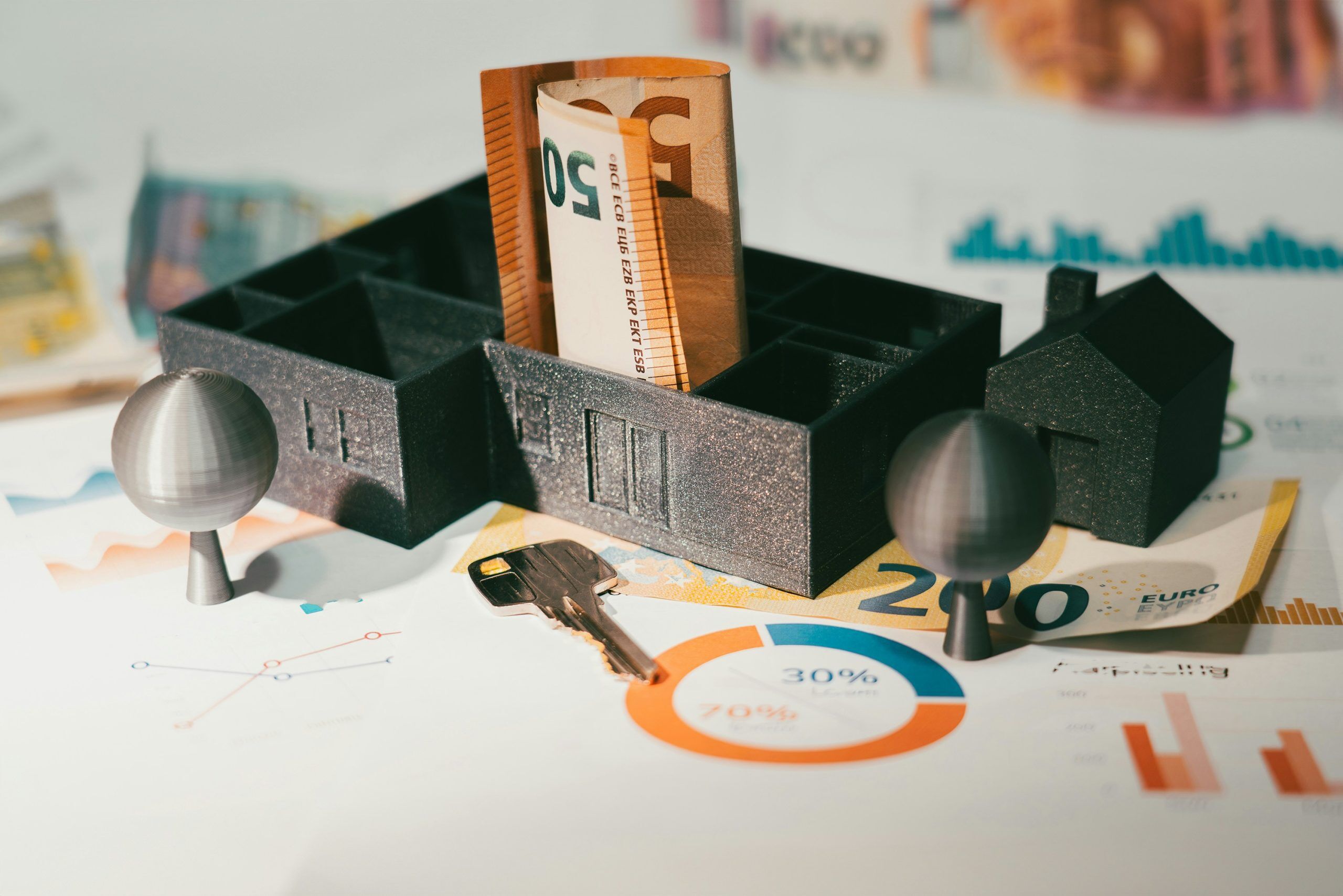Understanding Rental Property Mortgages: A Beginner's Guide
Understanding Rental Property Mortgages: A Beginner's Guide
Blog Article
Understanding Rental Property Mortgages: A Beginner's Guide
For everyone trying to diversify their revenue revenues or construct long-term wealth, running a rental house can be a practical option. But, one of many first barriers to mix is financing your investment with a hire home mortgage. While these rental property mortgage share some characteristics with main home loans, you will find crucial differences that investors need to consider before using the plunge.

What Is a Rental Property Mortgage?
A rental property mortgage is a kind of loan specifically made for getting houses which will generate money through tenant rent. Unlike mortgages for principal residences, lenders an average of see hire properties as higher-risk investments. That notion stems from the proven fact that, during financial hardship, investors are more prone to prioritize their primary house over secondary properties.
That larger chance stage results in stricter qualification demands and a bigger economic commitment, however the prospect of long-term gains can outweigh these initial hurdles.
Crucial Variations Between Principal and Rental Home Mortgages
Larger Down Payments
Compared to common home loans, hire property mortgages frequently demand a larger down payment. While old-fashioned principal residence mortgages might allow a down payment as little as 3% to 5%, lenders usually expect investors to put down 15% to 25% of the property price for a rental mortgage.
That larger upfront charge is in conjunction with the requirement for extra income reserves. Several lenders require at the very least 6 months'value of mortgage payments in savings to safeguard against the potential risks related to vacant hire periods.
Larger Curiosity Charges
Hire house mortgages frequently come with slightly higher interest charges in comparison to traditional house loans. That big difference usually hovers between 0.5% to 1% a lot more than main house rates. Over living of a 15- or 30-year loan, this may somewhat affect the price of borrowing.
Rigid Qualification Standards
Lenders examine credit ratings and economic record more rigorously for rental property loans. A strong credit report (usually 700 or above) and a well balanced, recorded income are essential. Additionally, lenders measure the estimated hire revenue from the house itself to make sure it will at the least partly cover the regular loan payments.
Methods for First-Time Investors
• Determine Your Budget: Be ready for increased upfront charges and ongoing economic obligations, like home management charges and maintenance.

• Research Lenders: Explore mortgage lenders specializing in hire opportunities to locate competitive costs and terms.
• Realize Cash Movement: Cautiously determine your potential hire money minus expenses to ensure profitability.
Knowledge these important areas of rental house mortgages will help streamline the financing method and collection you on the road to a affluent investment. With cautious planning, knowledgeable decision-making, and strong economic backing, running a rental house may become an advisable venture in your wealth-building strategy. Report this page